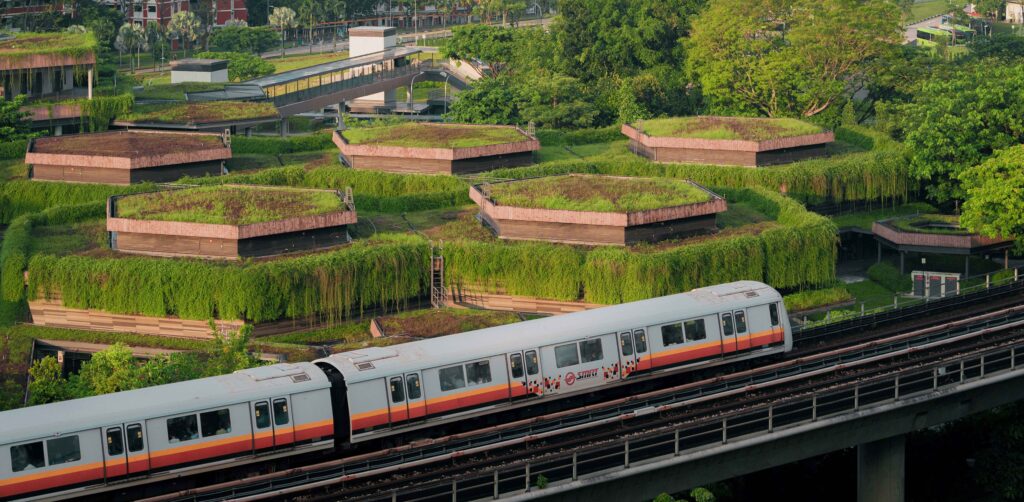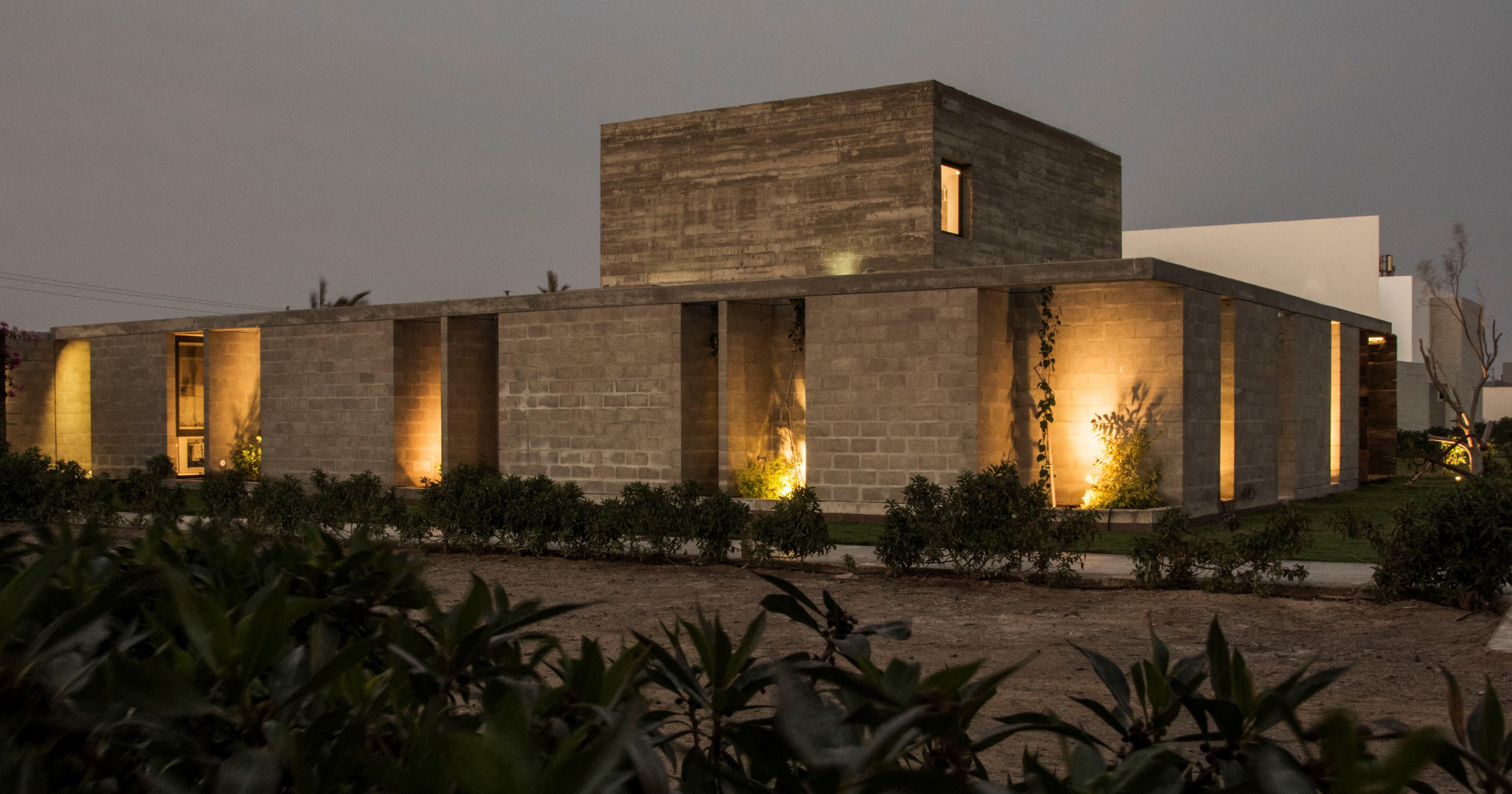RMIT researchers reimagine rammed earth by encasing it in cardboard tubes


Researchers at the Royal Melbourne Institute of Technology in Australia have created a building material where rammed earth is encased in permanent cardboard formwork, eliminating the need for cement.
Typically, rammed earth walls are made by compacting layers of soil mixed with about 8 to 10 per cent cement inside temporary moulds designed to improve strength and durability. Once the moulds are removed, the stabilised earth forms a dense, heavy wall.
The Royal Melbourne Institute of Technology (RMIT) team said that by keeping the compacted earth confined within lightweight cardboard tubes, they can eliminate the need for cement, creating a low-carbon, lightweight, and thermally insulating composite that could be used for low-rise and modular buildings.

The findings were recently published in the journal Structures, and the researchers estimate the material could be ready for commercial testing within one to two years.
By combining rammed earth with cardboard into a new material called CCRE (cardboard-confined rammed earth), the researchers believe they can further reduce embodied carbon while also providing a useful recycling pathway for waste cardboard.
Today, buildings and construction materials like concrete and steel contribute 37 per cent of the world's annual CO2 emissions. The cement industry alone is responsible for 8 per cent. This has caused a reckoning among architects and engineers, who now seek low-carbon alternatives such as mass timber, adobe or rammed earth.
An "ultra-low-carbon building resource"
At the same time, the use of cardboard as a packaging material has surged with the e-commerce boom, causing mounting waste management challenges.
In 2020 and 2021, for example, cardboard and paper accounted for 7.7 per cent of all waste generated in Australia, with a staggering 2.2 million tons sent to landfill.
"This creates both an environmental challenge and an opportunity," Dr Jiaming Liu, one of the study's lead researchers, told Dezeen. "Repurposing cardboard for construction not only diverts it from landfill but also transforms it into a valuable, ultra-low-carbon building resource."

In conventional rammed earth construction, soil is compacted inside temporary formworks – usually made of plywood or steel – that give the wall its shape. Once the earth hardens, the formworks are removed, leaving behind a freestanding wall.
With CCRE, the cardboard acts as permanent formwork.
"Continuous confinement to the rammed earth core"
"It not only performs the same shaping role during construction but also provides continuous confinement to the rammed earth core," said Liu, noting the synergies between the two materials: the cardboard increases the rammed earth's strength and resistance to cracking or seismic forces, while the earth reinforces the cardboard's compressive performance by more than tenfold.
The team was informed by the Japanese architect Shigeru Ban, who pioneered the use of structural cardboard in temporary shelters, pavilions, and various structures. Jiaming cited Ban's Cardboard Cathedral in Christchurch, New Zealand, which was completed in 2013, and sparked the idea of combining the cardboard's structural properties with rammed earth.
So far, the team has built small-scale CCRE prototypes to evaluate the material's mechanical strength, carbon footprint, and life-cycle performance.
Liu said the prototypes showed that CCRE's compressive strength is comparable to cement-stabilised rammed earth, and has roughly one-quarter of concrete's embodied carbon.
The team has also developed a related version using carbon-fibre confinement, which they say achieves strength levels comparable to high-performance concrete.

Next, the researchers plan to construct full-scale CCRE columns and to experiment with formworks that move beyond simple cylindrical shapes.
They envision foldable, origami-inspired cardboard moulds that could be transported flat and quickly assembled on-site, opening the door to custom, modular, and easily deployable construction systems.
The photography is courtesy of RMIT.
The post RMIT researchers reimagine rammed earth by encasing it in cardboard tubes appeared first on Dezeen.




















































